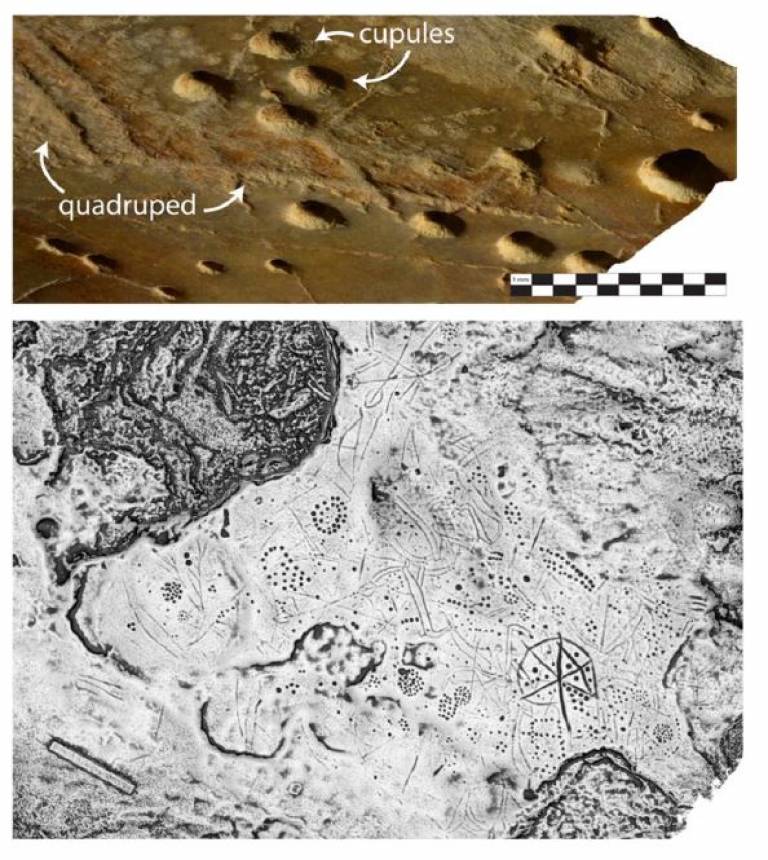Photogrammetry used to shed light on enigmatic rock art from Crete
13 January 2018
The earliest figural art known from Greece is dated to the Neolithic period (ca.
 8,5 to 5 thousand years ago). A recent study of the petroglyphs at Asphendou Cave on the island of Crete, however, suggests that such art has a much longer history in the Aegean basin. First published over forty years ago, the debate concerning the petroglyphs' age has lain dormant for decades. In light of technological advances in digital imaging and recent archaeological and palaeontological discoveries on the island we re-assess the dating of the petroglyphs and prove that some were made in the Late Pleistocene, or Upper Palaeolithic. Comparison of the iconography to fossil data demonstrates that an extinct endemic deer (Candiacervus) is represented at Asphendou Cave. This is the earliest figural art yet discovered in Greece.
8,5 to 5 thousand years ago). A recent study of the petroglyphs at Asphendou Cave on the island of Crete, however, suggests that such art has a much longer history in the Aegean basin. First published over forty years ago, the debate concerning the petroglyphs' age has lain dormant for decades. In light of technological advances in digital imaging and recent archaeological and palaeontological discoveries on the island we re-assess the dating of the petroglyphs and prove that some were made in the Late Pleistocene, or Upper Palaeolithic. Comparison of the iconography to fossil data demonstrates that an extinct endemic deer (Candiacervus) is represented at Asphendou Cave. This is the earliest figural art yet discovered in Greece.
Palaeolithic cave art from Crete, Greece
Thomas F. Strasser, Sarah C. Murray, Alexandra van der Geer, Christina Kolb, Louis A. Ruprecht Jr
DOI: 10.1016/j.jasrep.2017.12.041
 Close
Close

